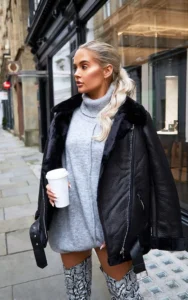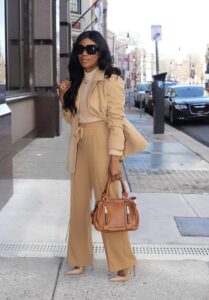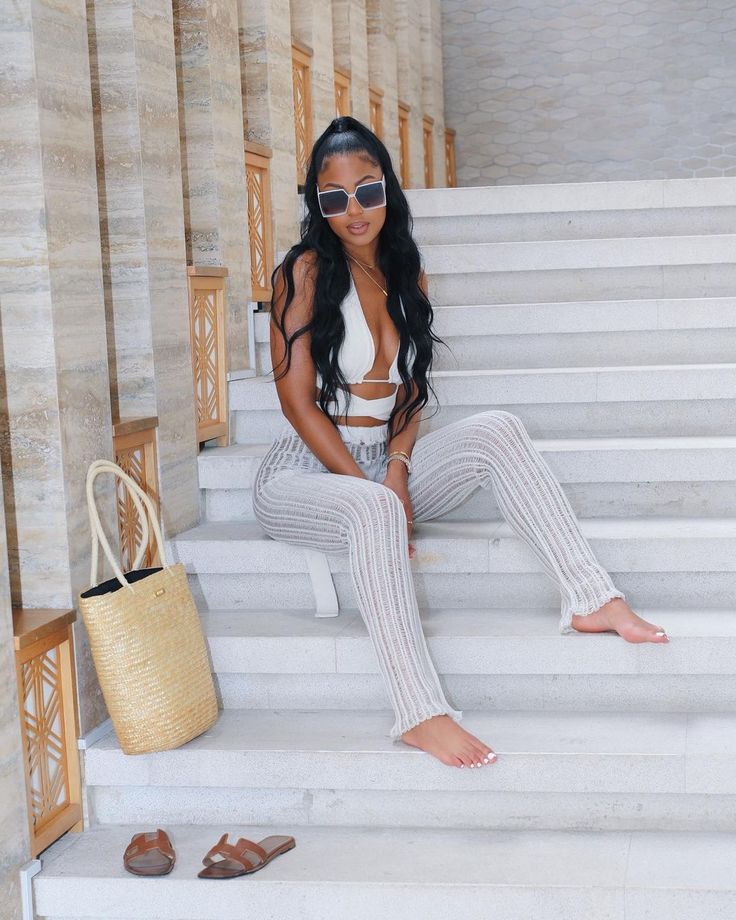💸 Budget vs Boujee: Can You Tell the Difference Between These Outfits?
Introduction
Budget vs boujee outfits have taken over fashion TikTok and Instagram feeds. From £20 Zara dupes to head-to-toe designer looks, it’s harder than ever to tell who’s wearing what—especially when styled right. Can a £30 outfit really look like a £300 one? The answer is yes—and today, we’re diving into how fashion-savvy girls are blurring the lines between low-cost and luxury.
Whether you’re a student, a style queen on a budget, or just love a good fashion challenge, here’s how people are pulling off both high and low looks—and how you can too.
1. What Is “Budget vs Boujee” Fashion?
The idea is simple: show two outfits side-by-side—one made with affordable high street items, the other with designer pieces—and ask, “Can you tell the difference?” Often, the answer surprises people.
Why? Because boujee isn’t just about price—it’s about styling, tailoring, confidence, and knowing how to mix materials, shapes, and colours. Fashion lovers are proving that you don’t need thousands to look like you’ve spent it.

2. Style Over Spend: Key Visual Clues
What actually makes an outfit look expensive? Here are some tips fashionistas swear by:
-
Fit is everything. Tailoring transforms even the cheapest trousers.
-
Neutral colour palettes always look polished.
-
Monochrome looks read luxury—even if it’s head-to-toe Primark.
-
Minimal accessories, structured bags, and clean shoes elevate any look.
-
Good fabric choice—cotton, linen, and faux leather—can mimic high-end style.
You’d be shocked how a £10 oversized blazer styled the right way can rival a £500 designer one.
3. The Power of Thrifting and Dupes
In the world of budget fashion, thrifting is gold. London’s vintage markets, charity shops, and online platforms like Vinted are filled with hidden gems. With patience, you can score high-quality pieces for a fraction of the original price.
And let’s not forget dupes—brands like H&M, Mango, and ASOS are experts at mimicking designer trends fast. Think Gucci-inspired loafers or a Skims-style dress—at 1/10 the cost. It’s all about spotting the trends and knowing where to shop.
4. Influencers Prove the Point
Social media creators have made entire series out of this challenge. They style both budget and boujee outfits and ask followers to guess which is which. The results? Even fashion-savvy viewers are often wrong.
That’s because the illusion is in the styling, not the spend. And that’s exactly the fun of it—learning to dress smarter, not richer.

5. Tips to Nail the Look (No Matter Your Budget)
| Tip | Why It Works |
|---|---|
| Invest in staple pieces | Blazers, trench coats, and boots can last seasons |
| Play with structure | Tailored shapes give definition and edge |
| Add one standout item | A bold belt or chic bag instantly upgrades a look |
| Mix high with low | Pair designer sunglasses with a £20 outfit |
| Keep it clean & crisp | Ironed clothes, tidy hems, and clean shoes go a long way |
Looking boujee isn’t about labels—it’s about intention.
Conclusion
Budget vs boujee outfits challenge the idea that style has to come with a hefty price tag. Whether you’re shopping at Selfridges or your local market, what matters most is how you wear it—not what it cost.
With a little creativity, confidence, and know-how, you can create looks that rival the runways—on a high street budget. So next time you dress up, ask yourself: can anyone really tell the difference?



